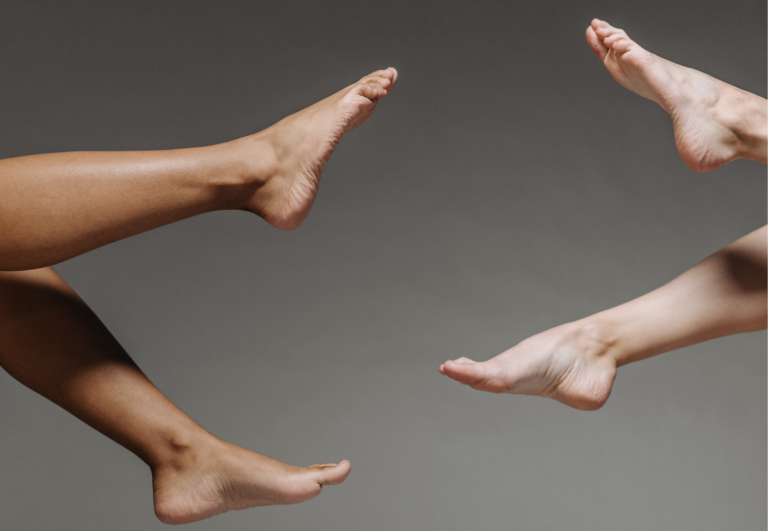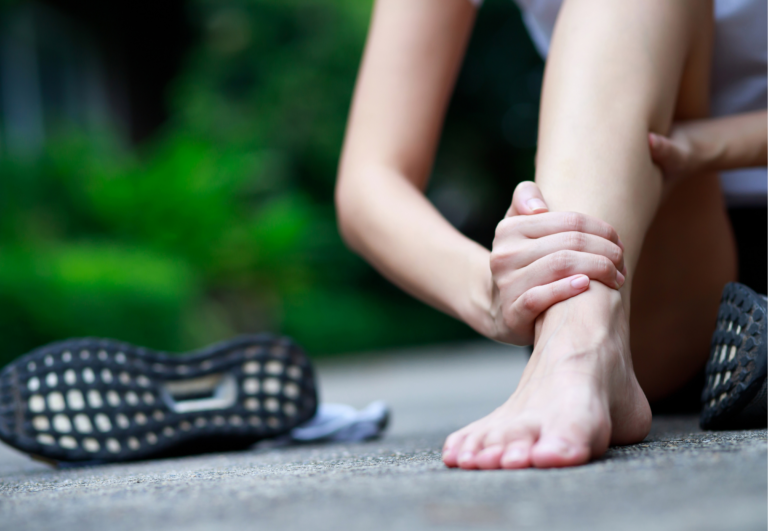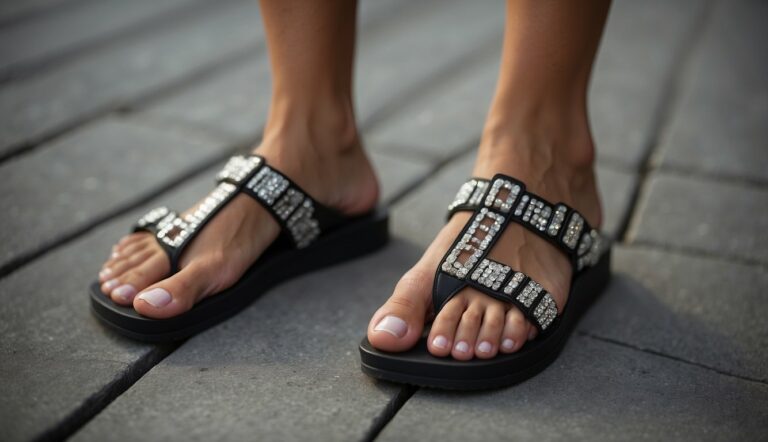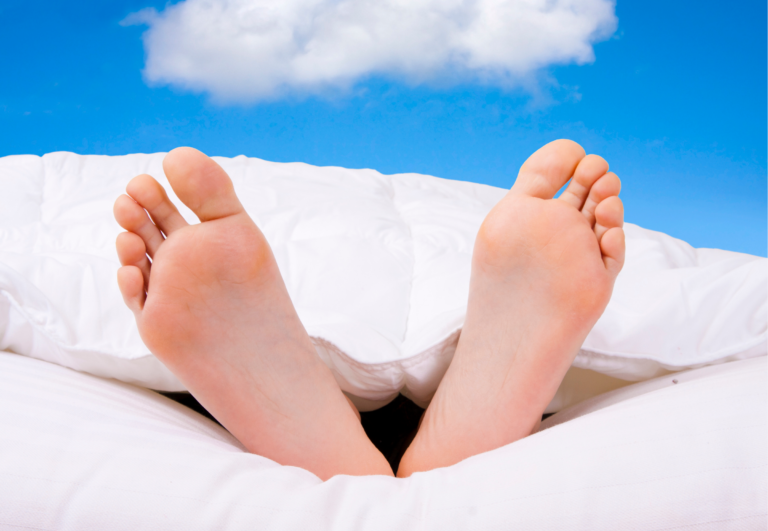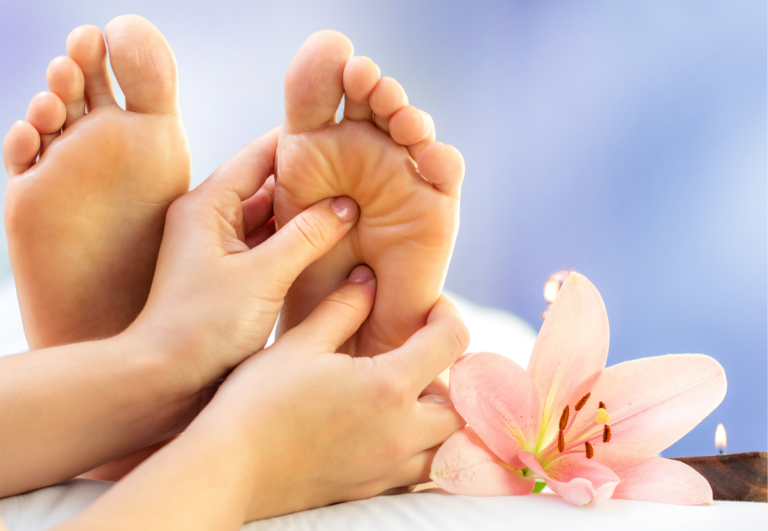Adjusting to Wearing Toe Spacers: A Guide for Improved Foot Health
Adjusting to wearing toe spacers can be an interesting experience, and as someone who has used them extensively, I can vouch for their benefits. They are designed to realign your toes to their natural position, helping to relieve foot pain and improve balance. It’s common for new users to feel some discomfort as their feet adapt to the sensation and positioning, but this usually diminishes with consistent wear.
Integrating toe spacers into your routine involves finding the right fit for your footwear. Your regular shoes may feel different as the spacers add width to your feet. Initially, it might be wise to wear them for shorter periods and gradually increase the duration as your feet adjust. This process allows your toes and the soft tissues surrounding them to slowly adapt without overwhelming discomfort.
Patience is key when beginning this journey. Many find that the benefits of using toe spacers, such as enhanced foot function and relief from toe crowding, are worth the initial adjustment period. Remember to listen to your body – if you experience significant pain, it’s essential to give your feet a rest or consider consulting a foot specialist for advice.
How To Adjust To Wearing Toe Spacers
Before integrating toe spacers into your routine, it’s crucial to select the right ones for your feet and introduce them gradually. Your comfort and the health benefits you receive, like improved posture and toe alignment, depend on these steps.
Size and Selection
The fit of your toe spacers is as important as the size of your shoes. To ensure proper alignment and comfort, measure your toes’ width and splay to find a size that allows your toes to rest without excessive pressure. This is critical in preventing issues like hammertoe. Here’s a breakdown:
| Toe Width | Recommended Spacer Size |
|---|---|
| Narrow | Small |
| Average | Medium |
| Wide | Large |
Additionally, select a material that complements your activity level. For instance, a softer silicone spacer is ideal for day use, while firmer materials work well for night splints when movement is minimal.
Wearing Schedule
When you first get your toe spacers, don’t wear them all day. Start with short intervals:
- Day 1-3: Wear for 30 minutes.
- Day 4-7: Gradually increase to 1-2 hours.
- Second Week: Incorporate them into your night routine, if comfortable.
Pair them with well-fitting socks to maintain the spacers in position. It’s normal to experience some discomfort initially; this is your toes learning to realign. However, if pain persists, consider a smaller size or a different style.issance with consistent use, expect improvements in balance and posture.
Types and Materials

In choosing toe spacers, the right material and design are crucial for comfort and effectiveness. Here, we explore silicone options and foam/gel types to inform your decision.
Silicone Toe Spacers
Silicone toe spacers are widely appreciated for their durability and flexibility. I’ve found that they can mold well to the contours of the feet, providing a comfortable, custom fit. The material’s resilience means a single pair can last a long time, even with daily use.
For example, a study explored the effectiveness of custom-mold room temperature vulcanizing silicone toe separators, highlighting their potential for managing conditions like hallux valgus.
Foam and Gel Options
Alternatives like foam and gel toe spacers offer different benefits. These materials tend to be softer, which some people find more comfortable for initial wear. Foam options are lightweight and can absorb some shock while walking, but may not be as long-lasting.
Gel spacers often provide a cooling sensation and can conform closely to your toes, similar to silicone but with a squishier feel. A comparative study looked at the effects of an insole with toe separator and night splint on hallux valgus, suggesting the importance of material choice in therapeutic outcomes.
Common Issues and Solutions Provided by Toe Spacers
Wearing toe spacers can often bring relief and aid in correcting toe deformities. However, like any medical device, toe spacers present challenges that must be managed effectively to reap their benefits.
Dealing With Discomfort
When I first started wearing toe spacers, discomfort was a common issue, particularly if my shoes had narrow toe boxes which squeezed my toes even more. To combat this:
- Choose the right footwear: Opt for shoes with wider toe boxes to accommodate the toe spacers without additional pressure.
- Start gradually: Begin by wearing the toe spacers for short periods and slowly increase the time as your feet adjust.
Addressing Foot Deformities
Foot problems like bunions, hammertoes, and calluses often stem from or result in toe deformities. Toe spacers can be a non-invasive solution for these issues.
- Consistent use: Wear toe spacers consistently, as they can help realign your toes and reduce pressure on the deformities.
- Select appropriate spacers: Make sure to select toe spacers that fit well and target your specific foot problems for effective pain relief.
In my experience, while toe spacers can cause initial discomfort, they’re a valuable tool in addressing common foot deformities and alleviating associated pain.
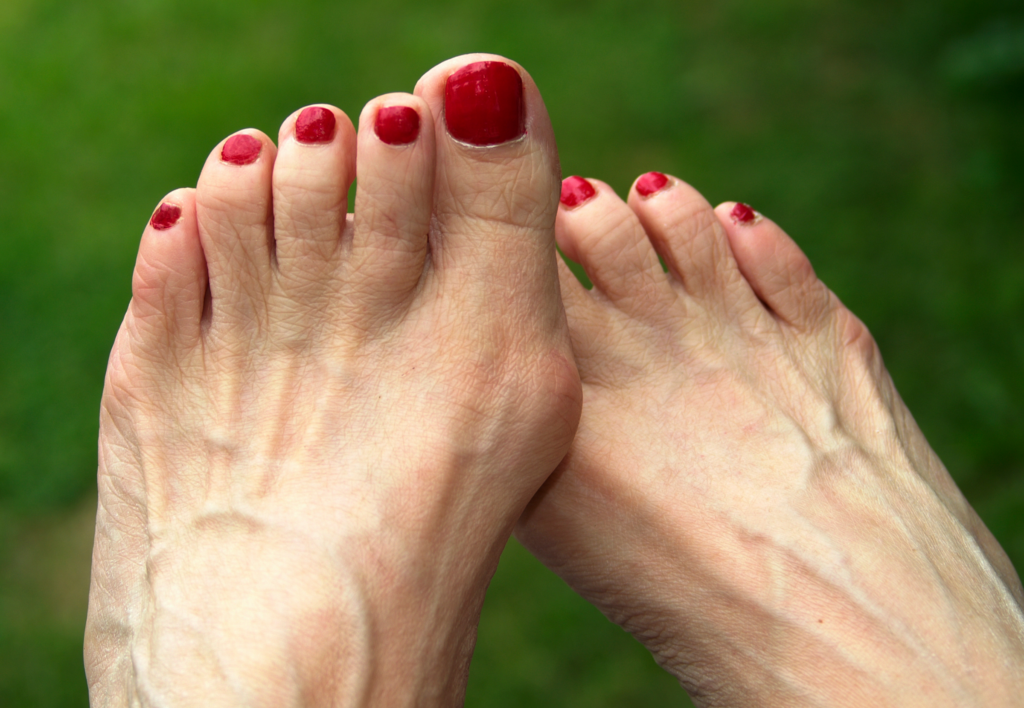
Toe Spacer Exercises and Strengthening
Incorporating flexibility and strength training is critical when adapting to toe spacers. The goal is to enhance the stability and mobility of your feet through dedicated exercises for muscles, tendons, and ligaments.
Recommended Stretches
To maintain and improve flexibility in your feet, which can be affected by toe spacers, I recommend starting with stretches that target the foot’s muscles and connective tissues.
A simple yet effective stretch involves pointing and flexing the toes, holding each position for a few seconds. Another stretch consists of spreading the toes apart as wide as possible, then releasing them, which can be aided by the toe spacers.
Toe Point and Flex:
- Point toes for 5 seconds
- Flex toes for 5 seconds
- Repeat 10 times
Toe Spreading:
- Spread toes apart for 10 seconds
- Release for 5 seconds
- Repeat 10 times
Building Foot Muscles
Building up the foot muscles supports the work your toe spacers do. A robust regimen involves weight-bearing activities such as walking or jogging at a comƒfortable pace. Always start with moderation to avoid overexertion.
For targeted muscle strengthening, exercises such as picking up marbles with your toes can be surprisingly effective. Additionally, heel raises, where you lift your body weight onto the balls of your feet and then lower back down, will strengthen the arch and contribute to better foot support.
Marble Pickups:
- Pick up 1 marble with toes
- Hold for 3 seconds
- Repeat with each toe
Heel Raises:
- Stand with feet hip-width apart
- Raise heels off the ground, balancing on balls of feet
- Lower down with control
- Repeat 15 times
As you engage in stretches and strengthening exercises for your feet, remember to listen to your body and progress at a pace that feels challenging yet safe.
Choosing The Right Footwear
When integrating toe spacers into your routine, selecting footwear that complements their use is crucial for comfort and foot health.
Beyond Conventional Shoes
Conventional footwear often doesn’t accommodate toe spacers well, especially if they have a narrow toe box. I’ve learned that running shoes and barefoot shoes provide a wider toe area, which is beneficial when wearing toe spacers.
These types of shoes can prevent issues such as blisters, corns, and hammertoe, which conventional shoes like high heels can exacerbate due to their restrictive fit. If you’re leaning towards barefoot shoes, keep in mind they should simulate a natural, barefoot experience while still protecting your feet.
| Type of Shoe | Pros | Cons |
|---|---|---|
| Barefoot Shoes | Wide toe box, natural feel | Less cushioning |
| Running Shoes | Cushioning, variety of fits | May not be as wide as barefoot |
Considering Orthotics
If you have specific foot needs, such as diabetes-related sensitivity or require additional support, orthotics might be the answer. They’re designed to cater to personalized foot care, aligning with foot health practices.
When using orthotics with toe spacers, ensure they are compatible; not all orthotics accommodate the extra space toe spacers take up. Custom orthotics can be an asset for maintaining healthy feet by adjusting to and supporting the natural shape of your feet while accommodating toe spacers.
Here’s my tip: Always pair your toe spacers with socks that fit snugly but aren’t constrictive, to enhance comfort and prevent shifting. When you select your footwear, remember to prioritize space, support, and your specific foot conditions to make your experience with toe spacers beneficial.
Benefits of Toe Spacers
Toe spacers can make a sizable impact on foot comfort and health, offering several benefits that include pain relief and improved physical performance. Let’s explore the specifics.
Pain Alleviation
Toe spacers have been found to alleviate pain particularly for individuals dealing with bunions. These silicone-based devices can reduce discomfort by realigning the toes to a more natural position, which may lessen the pressure on the joint and support a wide toe box.
- Key Points:
- Silicone toe spacers for bunion pain relief
- Realignment of toes to alleviate discomfort
Improved Foot Health
Regular use of toe spacers can contribute to overall foot health by enhancing toe strength and promoting better circulation. Notably, these devices encourage toes to spread evenly, potentially correcting their alignment and boosting stability during walking.
- Key Points:
- Strengthening of foot muscles for better foot health
- Promotion of better circulation and toe stability
Enhanced Athletic Performance
Athletes may experience an uptick in athletic performance due to the improved balance and foot strength associated with wearing toe spreaders. The ability to distribute weight more evenly across the foot can enhance stability and agility, which are crucial for various sports activities.
- Key Points:
- Improved balance and stability for athletes
- Increased foot strength leading to optimal athletic performance
